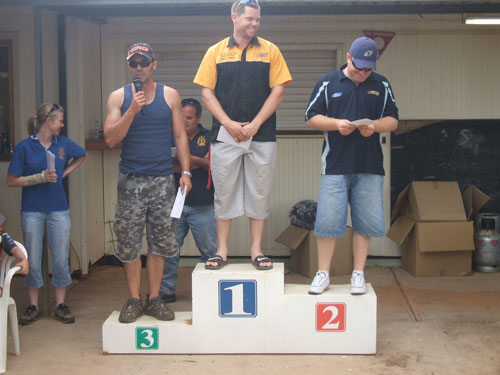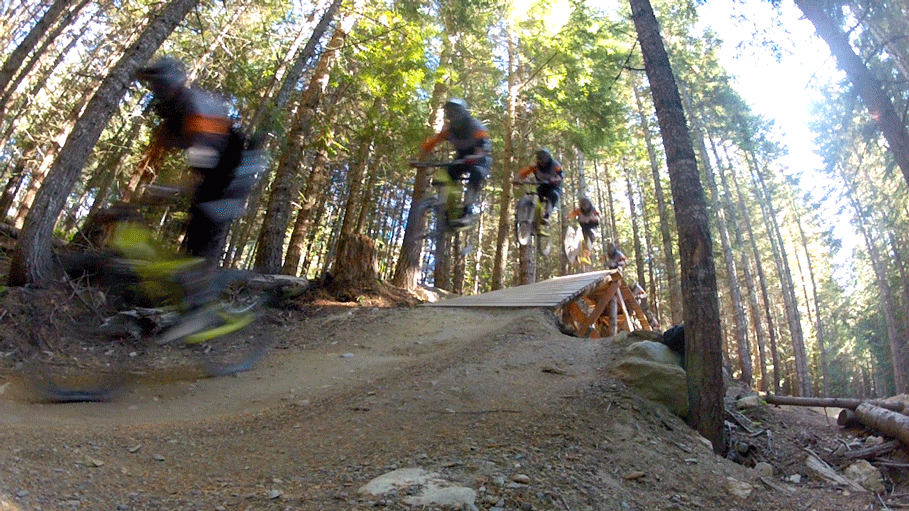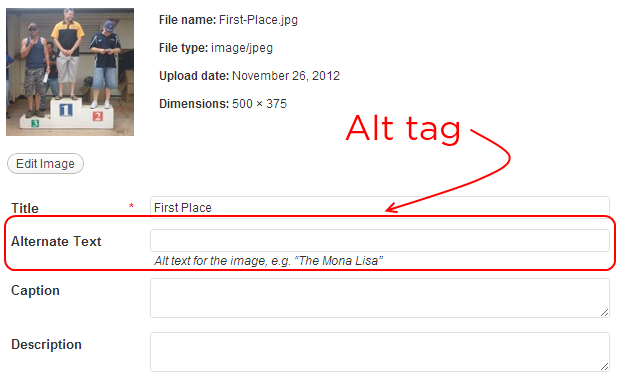
Keyword is First Word of Page Title
Although the latest Google algorithmic updates are becoming smarter at detecting your content, making your target keyword the first word of your page title is still effective at giving you higher rankings. Placing your keyword at the beginning of your title helps visitors and crawlers alike know what your page is about even before going through the rest of the text. In SEOMoz’s most recent Search Engine Ranking Factors findings, this rates a 0.9 from a scale of 0 to 1 on how this feature relates to higher rankings.
Keyword Repetitions on the Page

Stemmed Keyword as First Word of Title
Using stemmed keywords – keyword variations that use the root word of your chosen term – is almost as effective as using the exact keyword as the first word of your page title. Stemmed keywords are specifically useful at making your title sound as natural as possible. Google gives more credit to natural-sounding content. SEOMoz’s chart gives this a rating of 0.8 out of 1.
Image Alt Attribute

Keyword is First Word of H1
Your H1 gives you freedom to get creative on your title page while still giving the information your visitors need, whether we’re talking about your actual market or search engine bots. Using the keyword as the first word of your H1 remains to be a very effective ranking factor, receiving a rating of 0.7 out of 1 based on SEOMoz’s correlated data.
As a final note, remember that as search engines become smarter at detecting content, your keyword positioning won’t be as important as the context in which you mention it. Make sure to produce quality content even as you optimize.
Contact your account manager for more tips on on-page optimization. Sign up for a free account with us if you’re not yet our partner to start consulting today!

